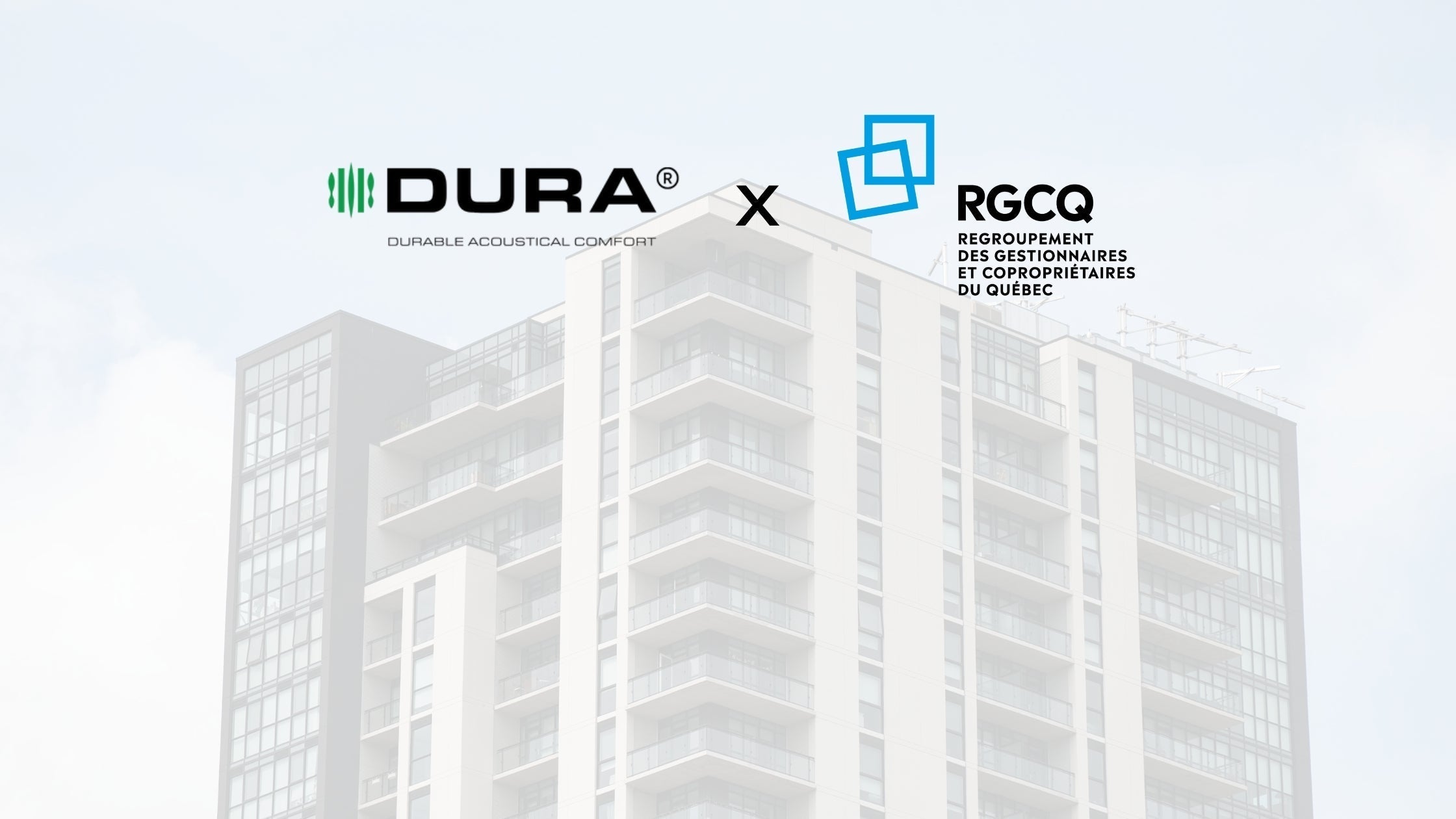In the realm of flooring, underlayment often plays a silent but crucial role in enhancing the performance and longevity of your chosen surface. While various materials strive for attention in the underlayment arena, one stands tall above the rest: rubber. We will explore why rubber reigns supreme among non-rubber materials and why Dura Undercushions’ premium underlayment emerges as the ultimate choice.
The Rubber Revolution
Rubber underlayment has earned its stripes through a combination of unique properties that set it apart from its competitors. Here's why it stands out:
Unmatched Resilience: Rubber boasts unparalleled resilience, capable of withstanding heavy foot traffic, furniture loads, and the rigors of daily life without wear and tear. Its ability to bounce back into shape after compression ensures that your flooring remains pristine for years to come.
Superb Sound Insulation: One of the primary functions of underlayment is sound insulation, and rubber excels in this aspect. Its dense composition effectively absorbs impact noise, creating a quieter and more peaceful indoor environment.
Exceptional Moisture Resistance: Moisture is the nemesis of many flooring materials, but rubber underlayment offers a defense. Its inherent resistance to water and moisture prevents mold, mildew, and other moisture-related issues, safeguarding both your flooring and indoor air quality.
Comparison with other Underlay Materials:
Foam:
Foam underlayment may seem like a convenient option at first glance, but it falls short in the long run. One of the primary drawbacks of foam is its lack of durability. Over time, foam tends to compress, losing its effectiveness as an underlayment. This compression can result in uneven flooring and decreased acoustical performance.
Furthermore, the sustainability aspect of foam underlayment is often questionable. Many foam products are not made with recycled material contributing to environmental concerns.
Cork:
Cork underlayment is praised for its natural properties and eco-friendliness. However, when it comes to acoustical performance – a crucial factor in underlayment selection – cork does have its drawbacks. While cork does satisfy the acoustic standards when compared to rubber, achieving comparable performance requires a considerably thicker underlayment. Choosing for a thicker underlayment inevitably leads to increased material expense for your flooring project, something you aim to minimize.
While cork is a renewable resource, it's essential to consider its extraction process and the potential environmental implications. The disruption of habitats during extraction raises concerns about its eco-friendly credentials.
Felt:
Felt underlayment, while widely used for its affordability and ease of installation, requires careful attention to moisture control. In areas prone to moisture exposure, such as bathrooms, kitchens, and basements, waterproofing measures are important. Felt’s limited water repelling capability makes it vulnerable to water contamination, which can lead to mold and mildew growth.
In environments where moisture is a persistent issue, considering alternative underlayment material with superior moisture resistance, such as rubber, may be a more suitable long-term solution.
Stay tuned to discover why Dura Undercushions premium rubber underlayment stands out from the rest! You won't want to miss out on learning about the unique advantages it offers compared to other non-rubber and rubber underlays.
















